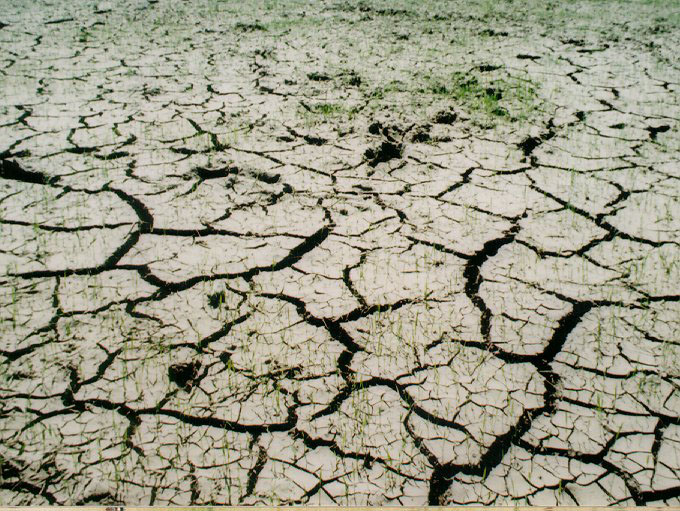
|
||||||||||||||||
Stress Management :: Flood |
||||||||||||||||
Types of drought: The term drought has been classified in two broads categories. 01. Soil Drought:
More over, the water deficiency in the soil may be physical or physiological in nature. a. Physical Soil Drought In this case, there is an actual shortage of water due to limited or non-availability of water from various sources like rainfall and irrigation. b. Physiological Soil Drought In this case, water is available in plenty in the soil but the plants growing in such environment can not be able to avail or absorb the water due to the physiological reasons such as presence of excessive salts, pH alterations etc. 02. Atmospheric Drought This drought occurs due to low atmospheric humidity, high wind velocity and high temperature which cause a plant to lose most of its water by transpiration, thus resulting in water deficit situations. Categories of Drought Stress Under normal and stress-free situations, the plant will exist in a soil moisture potential range between - 0.01 and -1.5 MPa. However, at permanent wilting point, the soil water potential will be between – 2.0 and – 4.0 MPa. At this point, leaf water potential will be still low than the soil water potential. Hsiao (1973) categorised the drought stress based on the water potential as given below:
|
||||||||||||||||
| © All Rights Reserved. TNAU 2008-2024. |
||||||||||||||||
